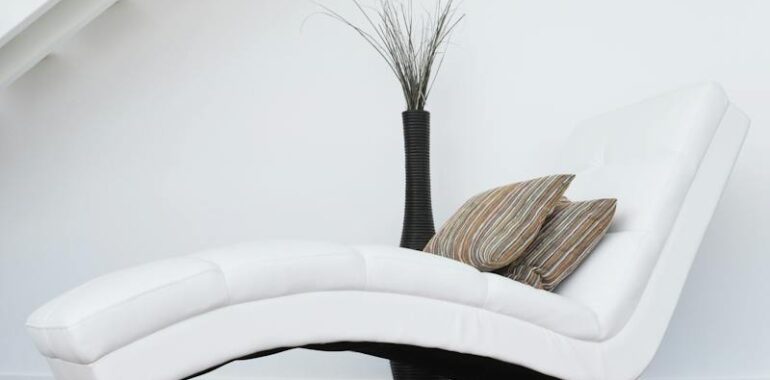Minimalism meets Sustainability: Embracing a Clutter-Free Lifestyle in Interior Design

Minimalism meets Sustainability: Embracing a Clutter-Free Lifestyle in Interior Design
In today’s fast-paced world, the concept of minimalism has gained immense popularity, not just as a design trend but also as a way of life. Simplicity, functionality, and sustainability are at the heart of this movement. When it comes to interior design, embracing a clutter-free lifestyle through sustainable practices can create a harmonious living space that promotes well-being and a positive impact on the environment. In this blog post, we will explore the intersection of minimalism and sustainability in home interior design, and how it can transform our living spaces into sanctuaries of style and conscience.
A Sustainable Design Approach:
Sustainable interior design focuses on reducing waste, minimizing environmental impact, and promoting energy efficiency. By incorporating eco-friendly materials, such as reclaimed wood, bamboo, and recycled materials, designers can create an aesthetic that is both visually appealing and environmentally conscious. From flooring to furniture, every element of the design can be carefully chosen to align with sustainability principles, resulting in a healthier and greener living space.
Decluttering for a Clutter-Free Space:
One of the core principles of minimalism is decluttering. By eliminating unnecessary objects, we can create a space that is free from visual chaos and promotes a sense of calmness. Minimalist design encourages us to focus on quality over quantity, allowing us to appreciate the beauty of each carefully selected piece. Through decluttering, we not only create a clutter-free environment but also reduce waste by avoiding excessive consumption and disposability.
Multifunctional Design for Optimal Use of Space:
Minimalism encourages us to make the most of the available space. Embracing a clutter-free lifestyle means maximizing functionality and eliminating unnecessary elements. Multifunctional furniture and smart storage solutions are key to achieving this. From hidden cabinets to convertible sofas, these design choices enable us to use our space efficiently while maintaining a minimalist aesthetic. By optimizing space, we reduce the need for excessive square footage, resulting in a more sustainable and cost-effective home.
Natural Light and Greenery:
Bringing the outdoors inside is an essential aspect of sustainable interior design. Natural light not only creates an inviting and airy atmosphere but also reduces the need for artificial lighting. Large windows, skylights, and light-colored walls can help maximize natural light in a space, reducing energy consumption. Additionally, incorporating indoor plants not only adds a touch of nature but also improves air quality, making our homes healthier and more sustainable.
Repurposing and Upcycling:
Sustainable interior design encourages us to look beyond traditional consumption patterns and find creative ways to repurpose and upcycle existing items. Instead of discarding old furniture or decor, we can give them a new lease on life through refurbishment or repurposing. By embracing this practice, we reduce waste and contribute to a circular economy. DIY projects and collaborations with local artisans can further enhance the uniqueness and sustainability of our interior design choices.
Energy-Efficient Appliances and Systems:
To truly embrace sustainability in home interior design, it is crucial to consider energy-efficient appliances and systems. From energy-saving lighting fixtures to smart home technology that optimizes energy consumption, these choices can significantly reduce our ecological footprint. Investing in renewable energy sources, such as solar panels, further enhances the sustainability of our living spaces and promotes a greener lifestyle.
Conclusion:
The combination of minimalism and sustainability in interior design offers a refreshing approach to creating clutter-free, functional, and environmentally conscious living spaces. By incorporating eco-friendly materials, decluttering, maximizing space, embracing natural light and greenery, repurposing and upcycling, and investing in energy-efficient systems, we can transform our homes into sustainable sanctuaries that reflect our values and contribute to a healthier planet. Let us embrace this minimalist revolution and design our living spaces in harmony with nature.
